One of Balanchine’s greatest masterpieces, Concerto Barocco is music made visible as two elegant yet dynamic lead ballerinas each depict one of the instrumental soloists in a virtuosic double violin concerto.
Concerto Barocco had its beginnings as a School of American Ballet exercise and was first performed for the Latin American tour of the American Ballet Caravan in 1941. When it entered the repertory of the Ballet Russe de Monte Carlo in 1945, the dancers were dressed in practice clothes, probably the first appearance of what has come to be regarded as the modern ballet costume pioneered by Balanchine.
Concerto Barocco was presented on the first performance of New York City Ballet in 1948, along with Balanchine's Orpheus and Symphony in C. It is considered the quintessential Balanchine ballet of its period, its manner entirely pure, its choreography no more, and no less, than an ideal response to its score, Bach's Double Violin Concerto in D Minor. About the ballet, the critic Clive Barnes wrote, "The three hallmarks of the American classic style are poetry, athleticism, and musicality, and these three graces are exquisitely exploited by Concerto Barocco."
Balanchine said of this work: “If the dance designer sees in the development of classical dancing a counterpart in the development of music and has studied them both, he will derive continual inspiration from great scores.” In the first movement of the concerto, the two ballerinas personify the violins, while a corps of eight women accompany them.
In the second movement, a largo, the male dancer joins the leading woman in a pas de deux. In the concluding allegro section, the entire ensemble expresses the syncopation and rhythmic vitality of Bach’s music.
A testament to Robbins’ unceasing invention, The Goldberg Variations is a choreographic tour de force that pays homage to Bach’s epic score by unifying the traditions of classical and modern movements in one monumental ballet.
Bach’s so-called “Goldberg" variations was published in 1742 under the title Aria mit verschieden Veraenderungen. Veraenderungen is usually translated as “variations,” but it also means "alterations" or "mutations".
This is the only work of Bach’s in the structure of a theme and variations. However, it differs from most compositions of this nature in that the variations are not based on the melody, but on the harmonic implications of the accompaniment of the theme, a sarabande that Bach wrote for his second wife.
Charles Rosen writes, "It is the most open and public of Bach’s keyboard works, the one that most absorbs and transforms the popular styles of his time. The ‘Goldberg’ variations are, in fact, an encyclopedia: a survey of the world of secular music. There are canons, a fugue, a French overture, a siciliana, a quodlibet, accompanied solos, and a series of inventions and dance-like movements. The ‘Goldberg’ variations is a social work; it was meant principally to delight, and it instructs only as it charms."*
Johann Gottlieb Goldberg’s name became attached to the work only because he happened to be the private harpsichordist to Count Keyserling, who commissioned the music. The Count, who was troubled with insomnia, asked Bach to write music he could listen to during his sleepless nights, and it was Goldberg, a pupil of Bach’s, who played the variations for him.
— Jerome Robbins, 1971


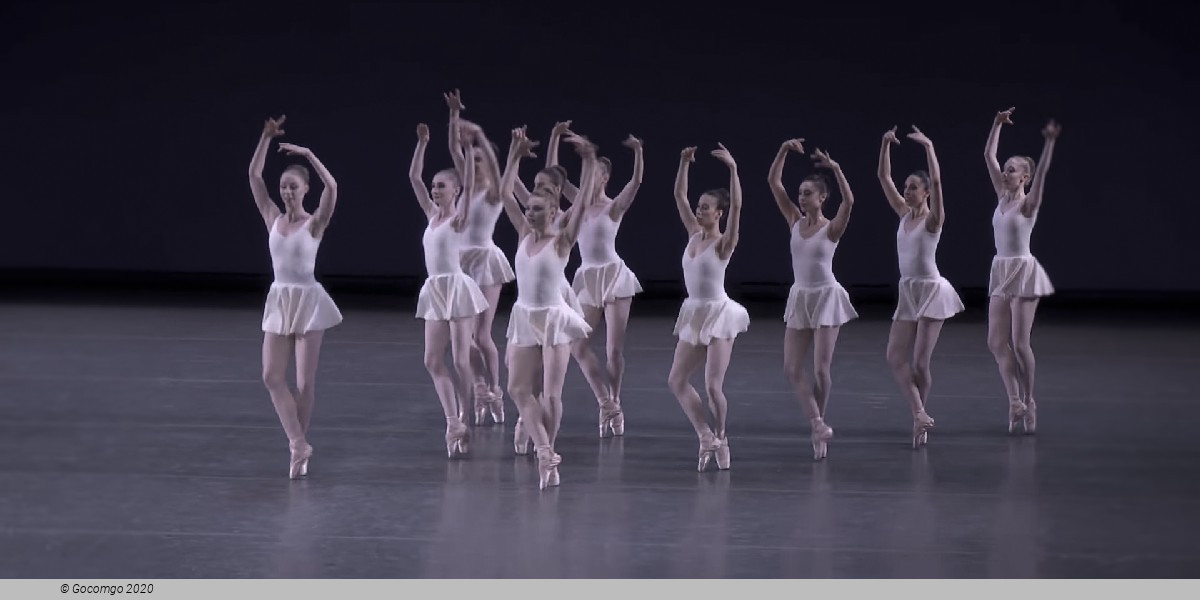
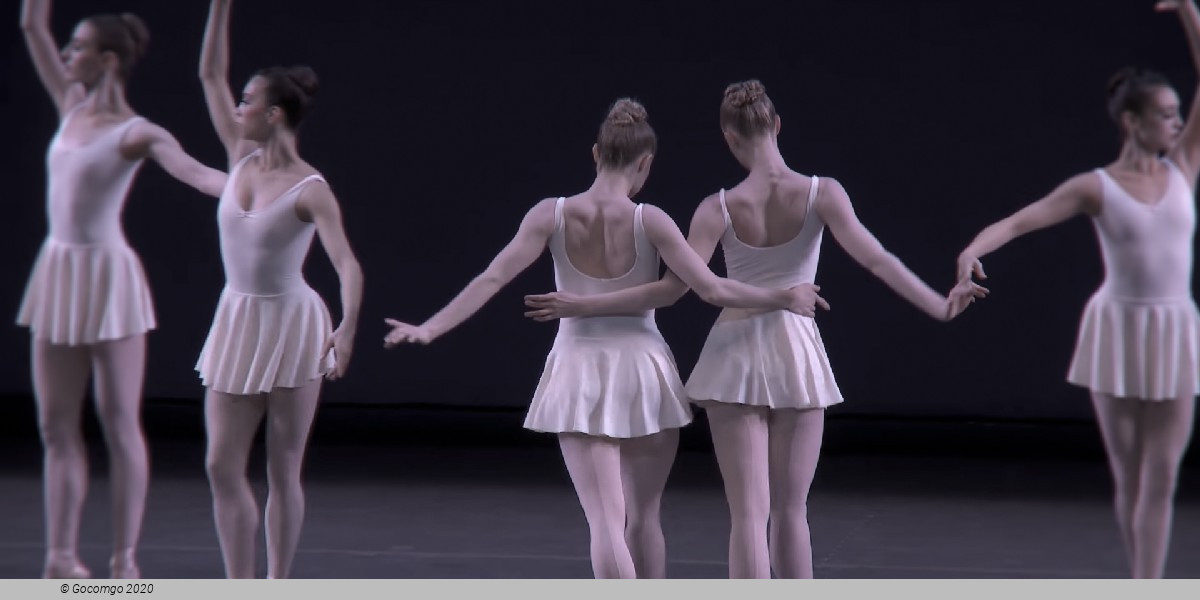
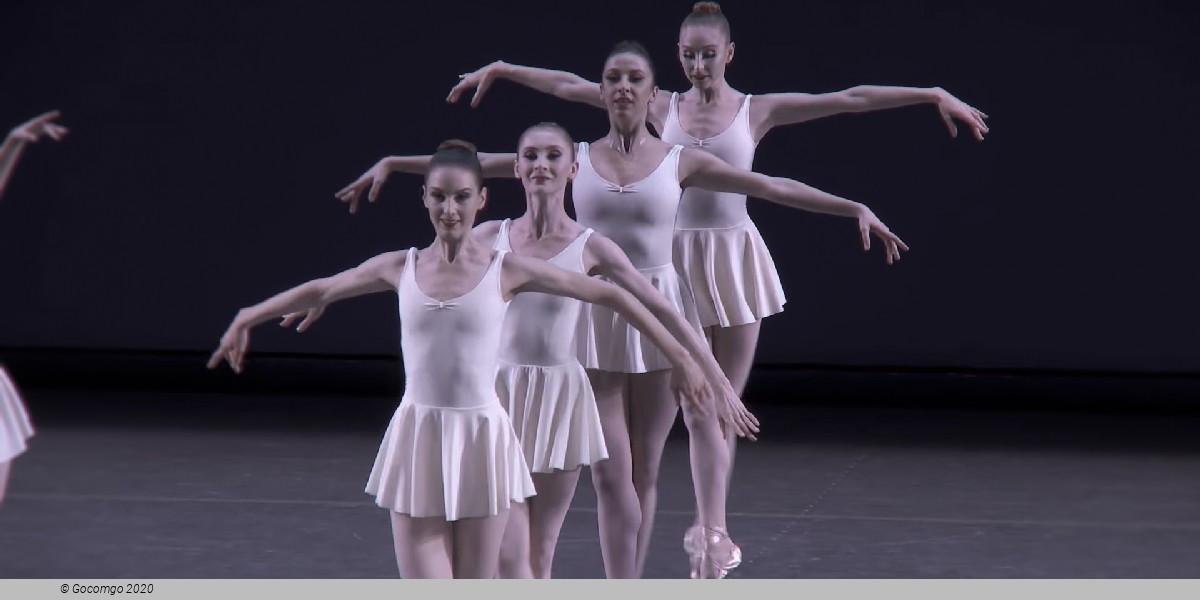
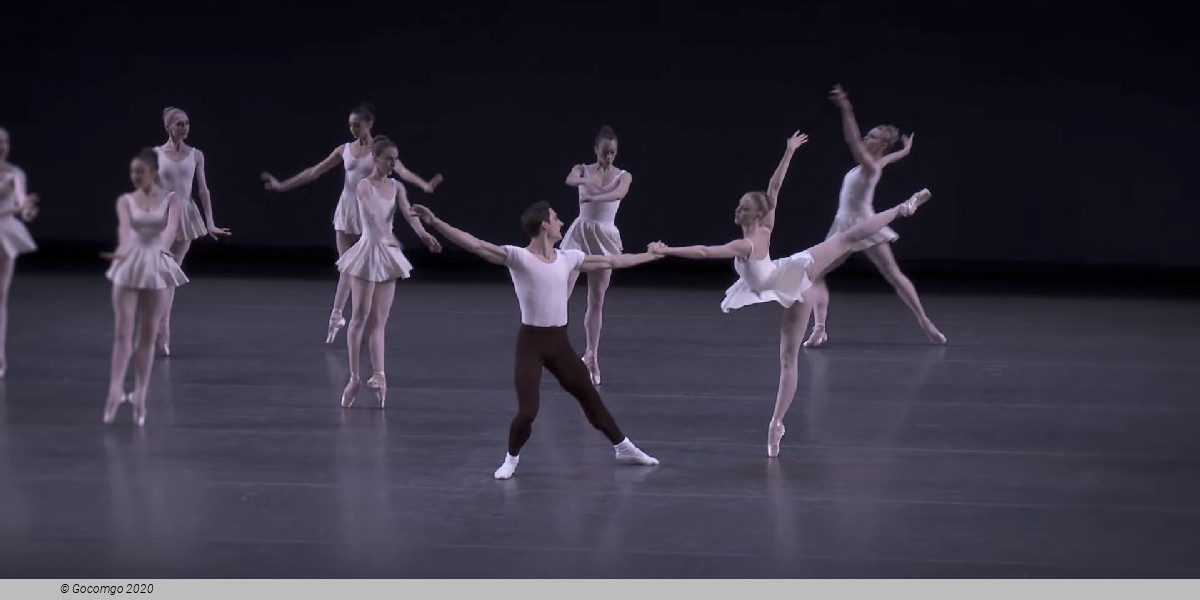
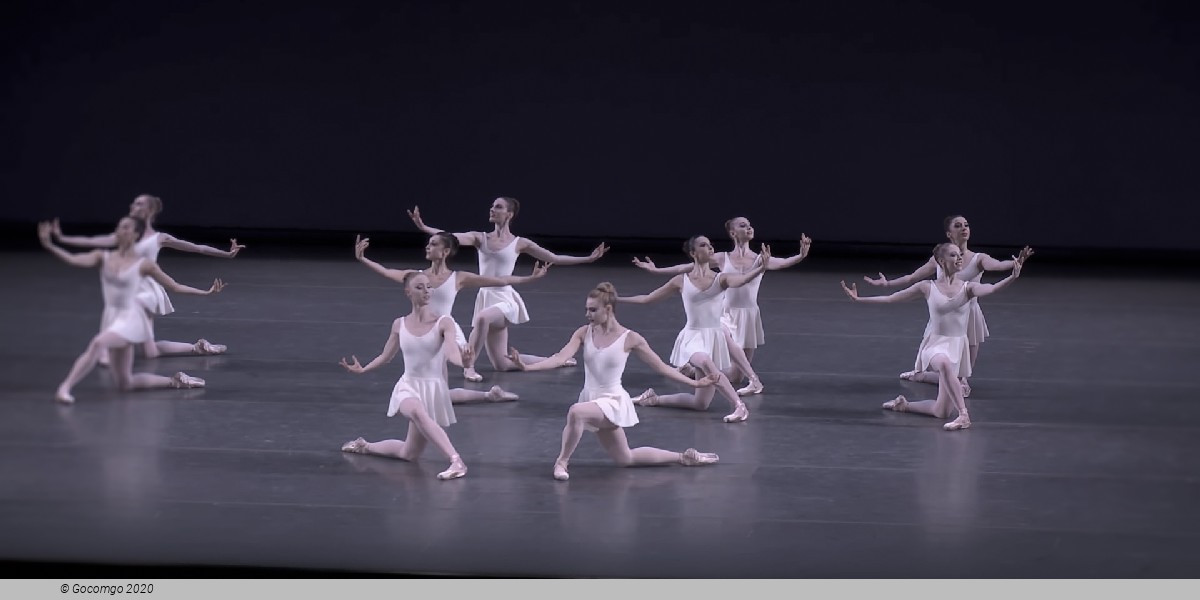
 20 Lincoln Center Plaza
20 Lincoln Center Plaza